
A lot of Confederate companies called themselves Irish at the beginning of the war, but there were only two Confederate Irish regiments: the 10th Tennessee Volunteers, and the 24th Georgia Volunteers. I have written about the 10th Tennessee in another article, known for using the “Sons of Erin” flag. The 24th Georgia is the more distinguished and famous regiment, one of the finest in the Confederate Army.
The 24th Georgia Infantry Regiment was mobilized in 1861, formed with North Georgia men, mostly of Irish descent. It saw tough action all the way to Appomattox. Some its battles have names you may know: Gettysburg, Wilderness, Spotsylvania, Cold Harbor. There were others, of course, totaling over 50 engagements, but one that must be mentioned is Fredericksburg, where the most famous Irish Rebel regiment clashed with the most famous Irish Union Regiment, the 69th New York Infantry.
It was the 13th of December 1862, and the 24th Georgia was near the crest of Marye’s Heights, using a stone wall for cover. The 69th, part of the famed Irish Brigade under General Meagher, was in the assault on Marye’s Heights. It happened that the Irish Brigade attacked the area of Marye’s Heights defended by the 24th Georgia. One Rebel who saw the Irish green regimental flags called out, “Oh God, what a pity! Here comes Meagher’s fellows.” Battle flags with the Irish Harp were on both sides of the fight.
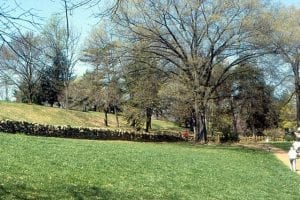
The 69th New York was known for its courage and aggression, and was called the “Fighting 69th.” (It is said that Robert E. Lee referred to it that way, and the name stuck.) At Fredericksburg it was the 24th Georgia that won the day, but it is also true that the bravery of the 69th was so great that the Rebel Irish cheered the Union Irish that day. One of them, Private James Williams, “leaped upon the top of the wall and gave three ringing cheers.”

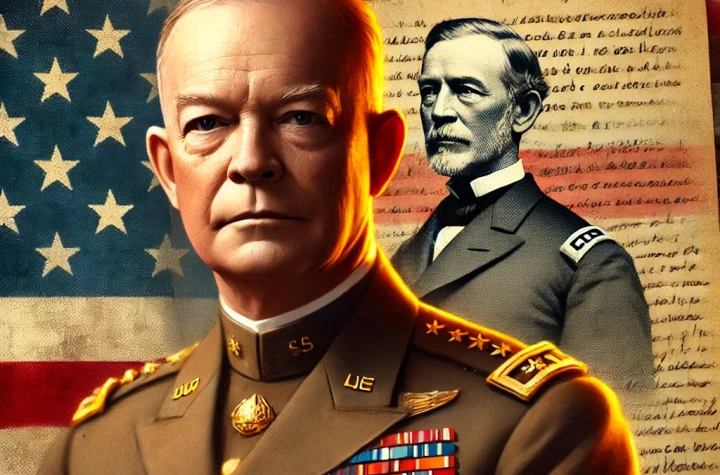
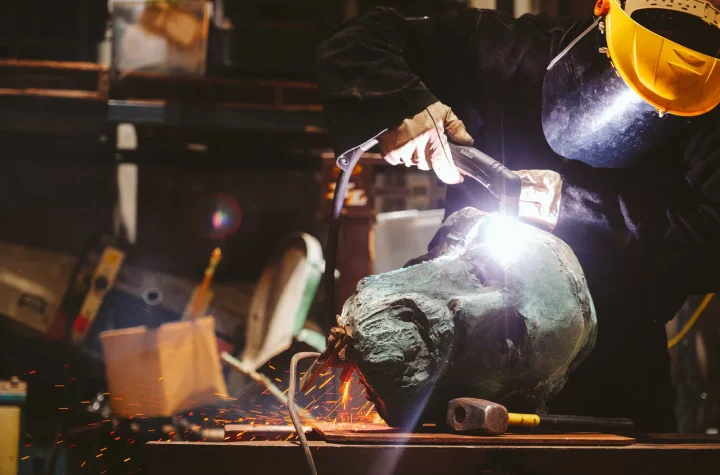
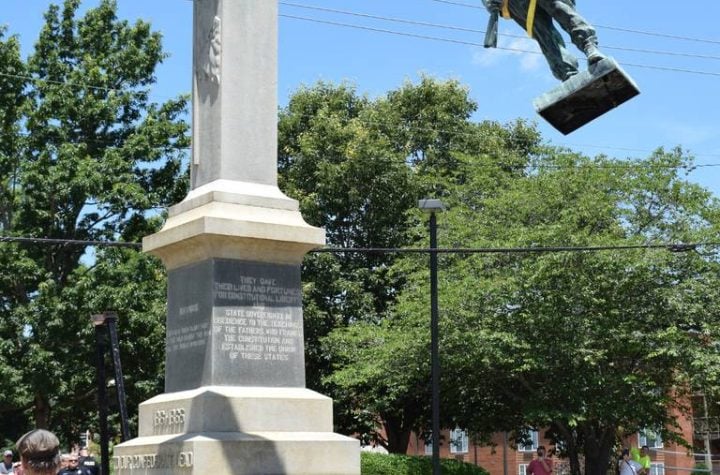
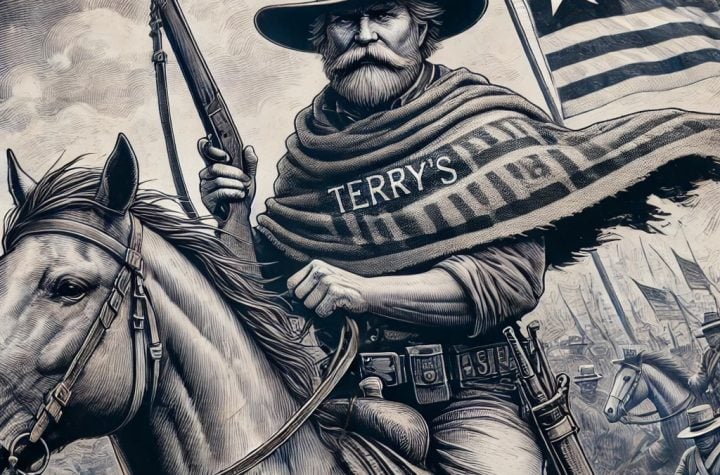
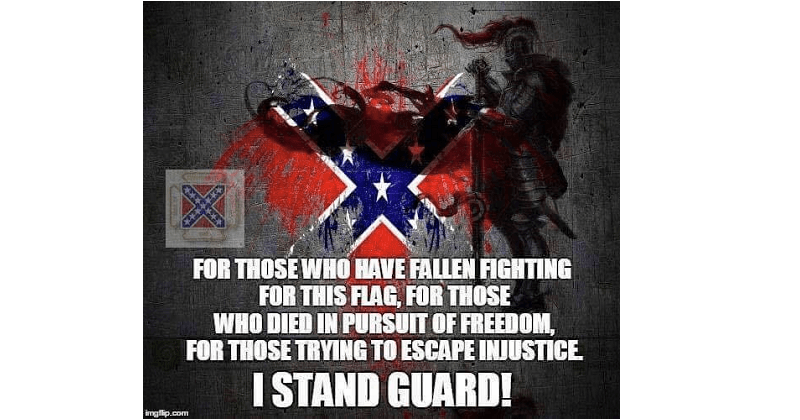
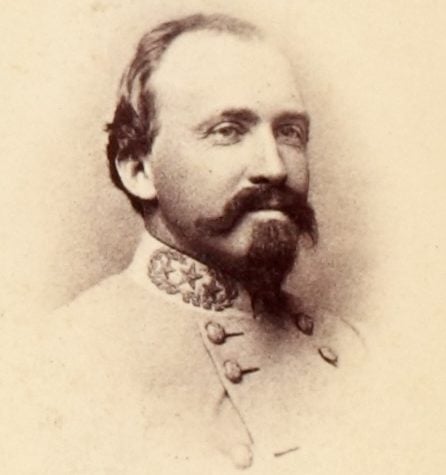
I am writing the history of Christopher Columbus Sanders and the regiment. Would like to exchange information.
Thanks
Kyle
Jabel and Horace Cannon; brothers and Captains of Co E, 24th Georgia. 1C4R.